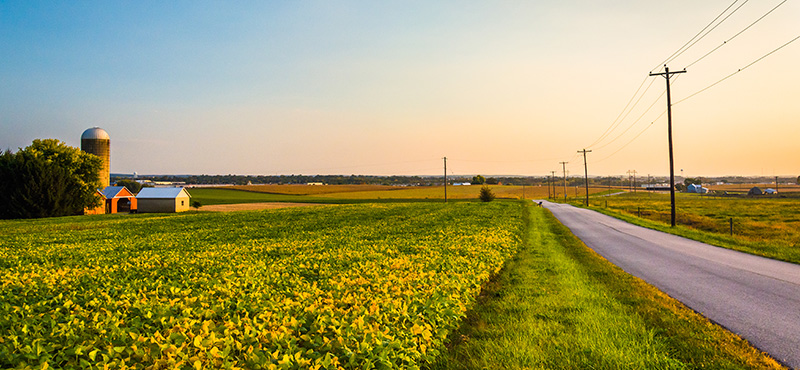A once-in-a-generation opportunity is before us: to expand broadband and deliver high-speed internet access to the communities, businesses, and families who lack access today.
Thanks to the passage of the landmark bipartisan infrastructure law in 2021, officially known as the Infrastructure Investment and Jobs Act, the nation now has the resources needed to get all Americans online. For instance, the Broadband Equity, Access, and Deployment (BEAD) Program, one of the programs funded by the bipartisan infrastructure law, provides federal grants that enable states and U.S. territories to move forward with broadband expansion projects—prioritizing unserved and underserved communities.
But passing the infrastructure law was only half the battle. Now we must ensure that the funds are spent wisely. While this step may seem straightforward, it’s all too easy to get wrong. It would be easy to squander this opportunity by either allotting funds to areas that already have internet access or awarding development contracts to groups and organizations that lack experience in building these high-tech networks.
Let’s take a look at two ways we could avoid these potential pitfalls.
1. Locate unserved and underserved communities
For states and other recipients to spend federal funding most effectively, they must know what areas are truly unserved or underserved with broadband access. But for years, the Federal Communications Commission (FCC) and other agencies have depended on inaccurate broadband maps to distribute funding.
Fortunately, that’s about to change. The FCC has developed a new mapping system that will be significantly more accurate. Once the new maps are complete, funding will then be disbursed to each state for locations that need connectivity most.
2. Ensure funds go to entities best suited to use them efficiently
With programs such as BEAD, which distributes funds to states and territories with differing laws and regulations, the risk of fraud is high. If we have any doubt this is the case, we need only look at some recent examples:
- The COVID relief programs: up to $400 billion of the $900-billion unemployment relief program may have been stolen, together with a further $80 billion from the Paycheck Protection Program (PPP).
- Emergency funding for Hurricanes Katrina and Rita: large amounts of fraud siphoned off some 11% of the $19 billion spent by the Federal Emergency Management Agency (FEMA).
In the case of the BEAD Program, federal and state governments (the latter of which will be administering the grants) would be wise to partner with reputable broadband providers with a track record of success.
America’s broadband providers have built the networks that kept us running and connected during the pandemic. Their reputation for delivering projects on time and on budget should not be overlooked as states decide who should build out broadband access in unserved areas. We should learn from the mistakes of the past and not squander government stimulus on unqualified bids.
Expanding rural broadband: Now is the time
The funding is there. The political will is there. And, most importantly, the need is there. If we can get rural broadband funding right, a large piece of the puzzle keeping us from achieving 100% connectivity will fall into place.
Simply put, there won’t be another opportunity like this one. To find out more about our work to get all of America connected to high-speed internet, click here.
